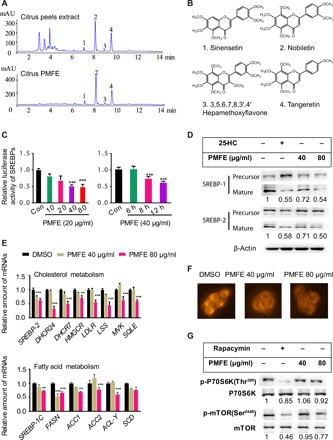Fig. 1. Citrus PMFE shows potential metabolic protective effects via inhibition of the mTOR/P70S6K/SREBP pathway.

(A) Typical high-performance liquid chromatography (HPLC) chromatograms of citrus peel extract (ECP) and citrus PMFE. mAU, milli-absorbance unit. (B) Chemical structures of the four major PMFs. (C) PMFE inhibits SREBP luciferase activity in HL-7702/SRE-Luc reporter cells in a dose- and time-dependent manner. (D) PMFE reduces mature SREBP-1/2 levels in a dose-dependent manner. Representative Western blotting analysis of SREBP-1/2 is shown. Expression of SREBP (mature) protein was normalized to β-actin as the loading control, and the relative ratio to the vehicle group was labeled below (estimated using the ImageJ software). (E) PMFE inhibits de novo synthesis of cholesterol and fatty acid by decreasing SREBP target genes. HL-7702 cells were treated with dimethyl sulfoxide (DMSO) or indicated concentrations of PMFE for 18 hours. (F) HL-7702 cells were stained with nile red to assess lipids content. (G) PMFE inhibits the activity of mTOR and its downstream kinase P70S6K. Relative intensities of the bands were taken as a ratio of the phosphoprotein over total protein (normalized to internal controls). All experiments were repeated three times. Error bars represent SD. Significant differences compared with DMSO group are indicated by *P < 0.05, **P < 0.01, and ***P < 0.001 (assessed by Student’s t test).
